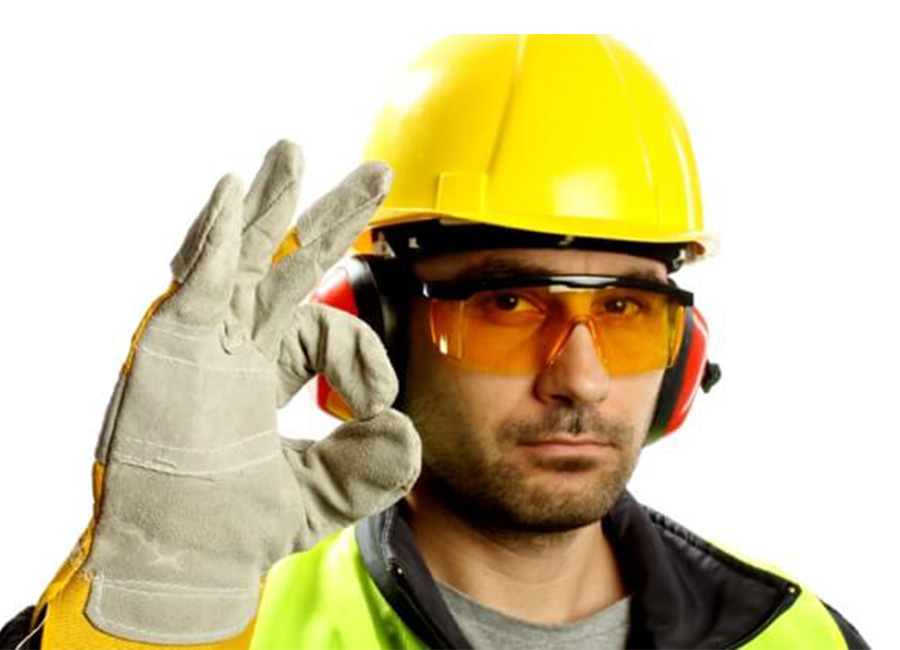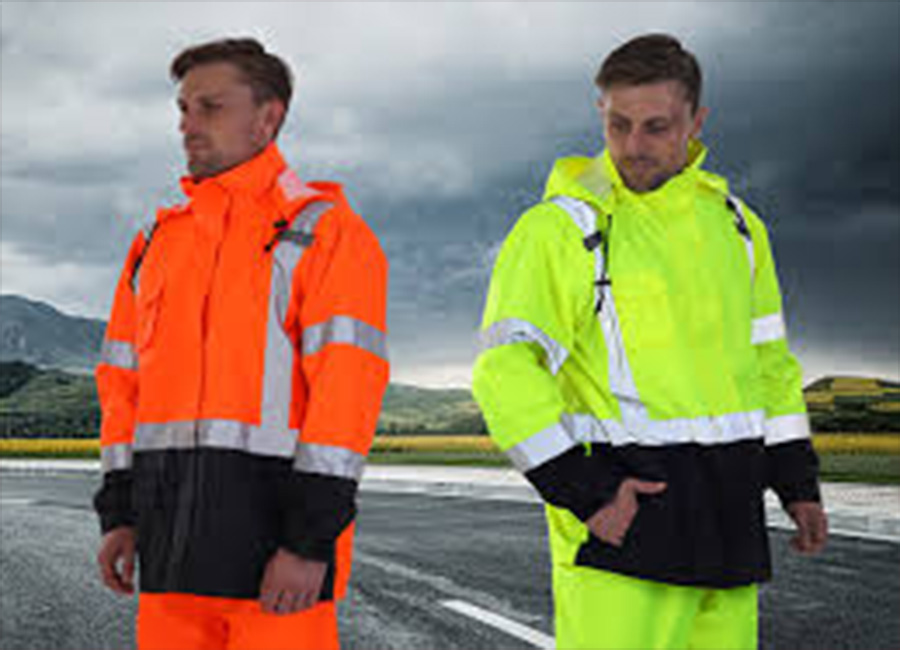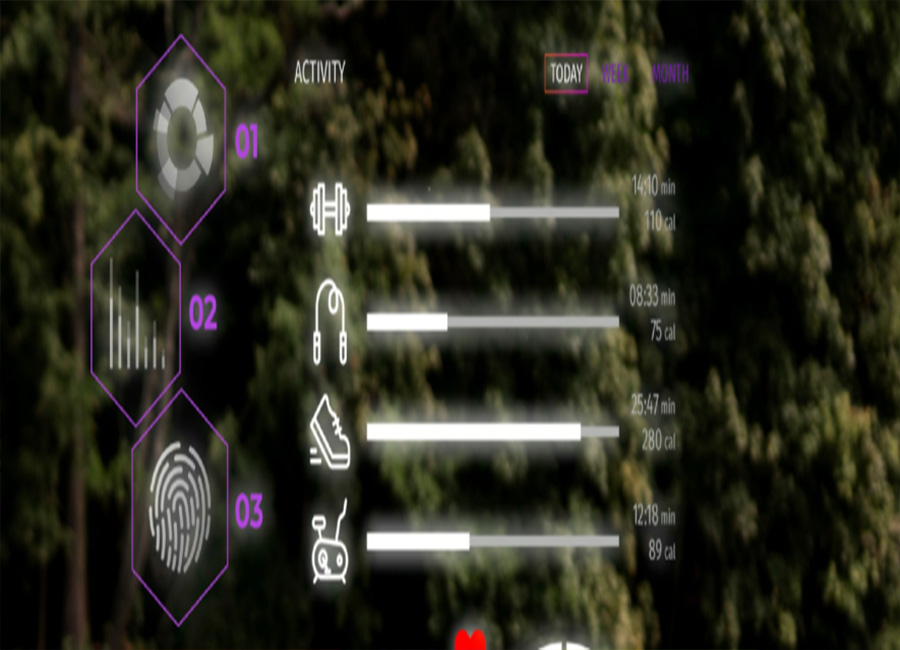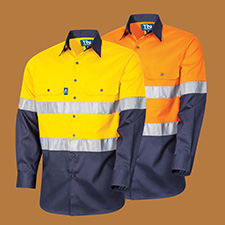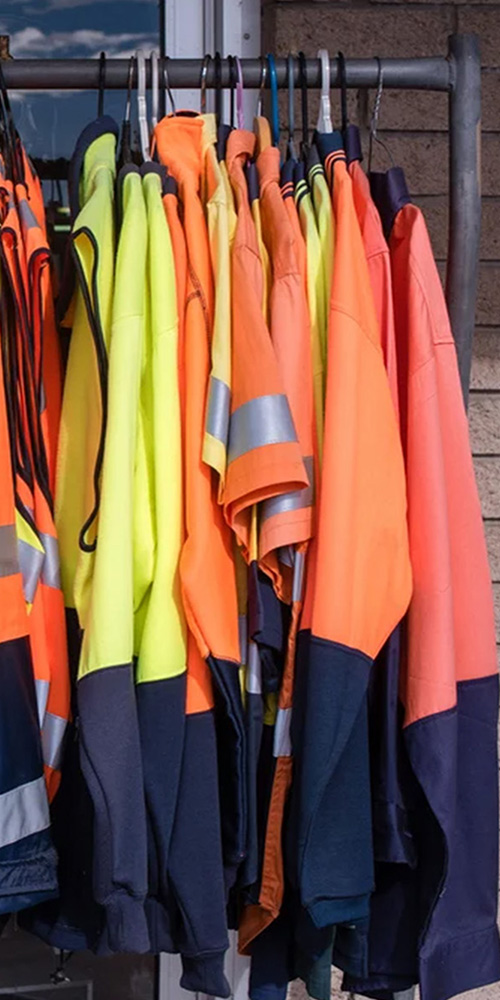OSHA’s SHARP Program – Safety Success Stories
We often hear stories of workplace accidents in the news: combustible dust explosions, fires, chemical accidents, workers electrocuted by power lines. It’s important that these stories are reported since to continue improving workplace safety, we need to know what kind of problems still exist. Not all the news on the safety front is bad, though. Over the past few decades, workplace fatality numbers have steadily decreased, and businesses have found effective ways to make their facilities safer.
Many companies have improved safety by consulting with OSHA. While some may see OSHA as the safety watchdog, the organization actually dedicates a lot of time and effort to helping employers with their safety practices. OSHA’s Safety & Health Achievement Recognition Program (SHARP) allows small and medium-sized companies to request OSHA consultations that are separate from enforcement. This means a consultant, who is often from a local university, will come to the workplace, do an evaluation and recommend ways to correct hazards and improve safety. The company is at no risk of receiving citations during a consultation visit; it will just be responsible for implementing the necessary changes afterward.

When companies that participate in the on-site consultation program do an exceptionally good job of improving safety and maintain illness and injury rates below the averages for their industries, they can receive SHARP recognition, which highlights them as model businesses and exempts them from programmed OSHA inspections during the period of SHARP certification.
As these companies are recognized for their great safety programs, their efforts are worth examining. Many of the lessons they’ve learned can be applied to other companies, too.
Contents
OSHA’s SHARP highlights many success stories from companies in a variety of industries including food and beverage processing, health care and manufacturing. Safety doesn’t just belong to dangerous industrial environments. Workers in all industries can benefit from effective health and safety management systems. Let’s take a look at some businesses whose programs have received attention.
Bigelow Tea

Tea manufacturer R.C. Bigelow Tea, Inc., of Boise, Idaho, was first accepted into SHARP in 2005 and has maintained its status ever since. The company wanted to reduce its recordable injury rates and asked a consultant from Boise State University to assess the site. As a result of the consultation, the company improved documentation related to respirator fit testing, fixed improper management of electrical cords, added proper labels to secondary containers and changed the storage procedures of flammable materials.
In addition to fixing the observed hazards, the company also began promoting a culture of safety with its new “Safety, It’s All About Me!” program. As part of the program, laminated cards are placed at workstations and employees are encouraged to answer questions about possible areas where slips, trips and falls could occur, machine guarding and other safety issues. Submitted cards are then counted toward each individual’s safety participation goals.
Elderwood Health Care
The Elderwood Health Care facility at Wedgewood in Amherst, New York, joined SHARP in 2007. The facility provides nursing and rehabilitation services to nearly 100 patients, and one of its administrators was interested in improving safety and health issues. After its OSHA consultation, Elderwood Health Care fixed problems including fall hazards, electrical hazards, machine guarding issues, inadequate warning labels and evacuation plans.
The organization also created a system for ensuring safety issues get addressed promptly. A group of staff members called “Safety Supporters” was created to review safety issues, conduct audits and suggest possible solutions and improvements. The group wears red so others can identify them and call attention to issues. They also report on safety and health issues in their staff newsletter.
According to Anna Bojarczuk-Foy, one of the facility’s administrators, “Working toward SHARP and – after achieving it – working to keep it, has given the entire staff a focus and a goal that they know is achievable. Safety is so deeply integrated into staff procedures that it has become a daily interactive priority. Elderwood staff members just automatically think safety.”
EE Technologies
EE Technologies, Inc., of Reno, Nevada, recently became part of SHARP after an inspector suggested the company apply. The business, which manufactures electronic components for many industries including medical, automotive, gaming, military and scientific, implemented a comprehensive health and safety management system (HSMS) in order to qualify for the program. The company also made electrical changes so fewer cords are needed in the workplace and improved housekeeping and personal protective equipment (PPE) policies.
As a result, the company has observed increased awareness about safety, as well as reductions in workers’ compensation and general liability premiums.
Rick Pink, the safety manager at EE Technologies, says employees care about each other’s safety.
“For them, it is not about rules but about what makes sense,” he told OSHA.
Longtail Brewing Company
In 2010, Longtail Brewing Company became the first brewery in Vermont (and the third brewery in the country) to receive SHARP recognition for its two brewing locations. The hot liquids, chemicals and fast-moving machinery used in brewing pose many hazards, and when new management took over the company in 2005 they realized safety had not been a priority. Workers didn’t know what good safety policies in the brewery were, or what they should be. After fixing more than one hundred safety items found during an inspection, the company decided it was time to create a comprehensive safety system. Three people were hired to handle the safety program and a safety team was assembled that began meeting weekly.
The company’s safety manager said the process of creating a safe workplace took time and effort, but eventually attitudes changes and safety became the norm.
Edstrom Industries
Edstrom Industries, Inc., a Wisconsin company that manufactures animal drinking water systems, water purification systems, environmental monitoring products and other items, is an example of a company that has dedicated itself to safety for a very long time. Edstrom Industries first received its SHARP recognition status in 1987, and since then its status has been renewed five times.
After the initial inspection revealed a machine-guarding hazard, the company’s owner committed to making safety a priority. The company brought in consultants from a machine-guarding company to fix the problem and offer advice about all future changes to machinery to make sure proper guarding was in place. The company also focused on posting appropriate safety labels near machinery. More recently, Edstrom Industries has also emphasized housekeeping as an area for improvement.
Additionally, the company has put together a safety committee, conducts annual safety trainings, makes reporting safety hazards simple and has a stretching program for repetitive motion injuries.
Safety Lessons Learned

All of the companies described above have made attention to safety a central part of workplace operations. As a result, work-related injuries and illnesses have decreased and safety has become a way of life. So what else do these businesses have in common, and what can other employers learn from these positive safety situations?
SHARP recipients list improved communication and an improved employee culture as key results of focusing on safety. To qualify for SHARP, businesses must have HSMSs in place, and by implementing safety programs, employers demonstrate to workers that they take safety seriously.
Allowing for open communication about safety also means employees don’t worry they’ll get in trouble for reporting hazards. As several of the employers above noted, safety became common sense for employees, and reporting problems was seen as a good thing. In positive safety cultures, safety habits can become instinctive, which makes safety procedures much more likely to be followed.
SHARP recognition recipients have also experienced financial benefits as the result of implementing safety programs. Most find their accident and workers’ compensation costs decrease (because there are fewer accidents) and many report having lower workers’ compensation and insurance premiums.
In all of these organizations, management showed dedication to safety, and these people focused on making safety everyone’s responsibility. These employers didn’t just fix hazards and move on; they focused on making sure employees could recognize hazards and made discussions of these safety issues a part of the workday. At these businesses, safety is central, not something that needs correcting once in a while.
Tackling safety issues is a big task, and those seeking to improve safety programs and safety cultures should start doing two things: assessing safety hazards and talking about safety issues. Observation and communication are fundamental to making changes.
Want to learn more about OSHA and OSHA inspections? Take a look at this blog post or at the infographic below. To learn more about the SHARP program, visit OSHA’s website


